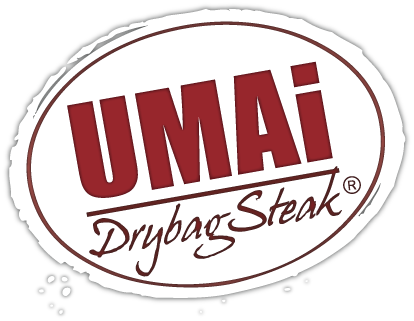In the beginning there was the “dry world.”
Dry aged beef was the norm. Beef carcasses were allowed to hang in a locker for a few weeks after slaughter to become more tender and flavorful. During dry-aging, moisture evaporates from the muscle creating a mature beef flavor. The meat’s natural enzymes break down the fibrous, connective tissue in the muscle thereby tenderizing it. While traditional ‘dry world’ aging practices have a positive impact on flavor and tenderness, today they require specialized facilities to maintain modern requirements for food safety and consistent quality.
The ‘wet world’ came with advances in plastics and vacuum packaging. In today’s modern processing plants, the carcass is broken down and vacuum-sealed in moisture impermeable bags. Beef can be “wet aged” in a vacuum-sealed bag in its own juices for improved tenderness, but it will be missing the characteristic dry aged depth of flavor and rich texture.




